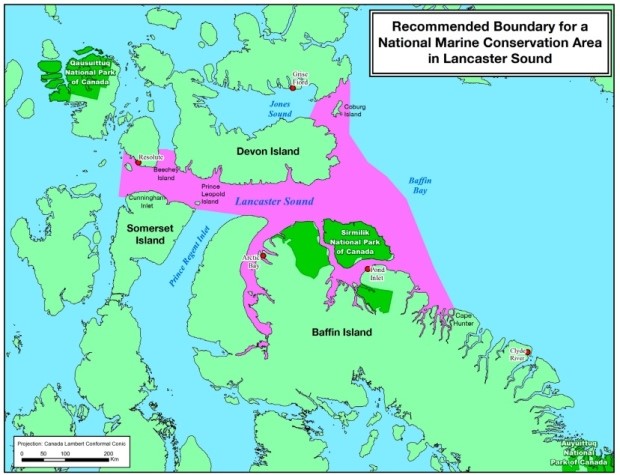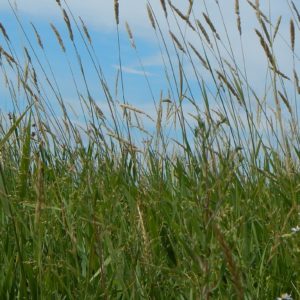Tallurutiup Imanga Marine Conservation Area is Great News for Arctic Bird Conservation

Ted Cheskey
Senior Conservation Manager
Congratulations to Environment Minister Catherine McKenna on establishing the boundaries for Tallurutiup Imanga, Canada’s newest national marine conservation area, located in Lancaster Sound. Tallurutiup Imanga will protect 12 of Canada’s Arctic Important Bird and Biodiversity Areas (IBAs) from industrial threats.
IBAs are discrete sites that support specific groups of birds: threatened birds, large groups of birds and birds restricted by range or by habitat. IBAs represent the most important sites for birds on the earth. Over 12,000 IBAs have been identified globally, of which Canada has approximately 590. Nature Canada and Bird Studies Canada, Canadian partners to BirdLife International, deliver the IBA program in Canada.
IBAs within the new proposed Marine Conservation Area include Berlinguet Inlet, Baillarge Bay, Cape Hay, Lancaster Sound Polynya, Southwest Bylot, Cape Graham Moore, Buchon Gulf, Eastern Devon Island, Campbridge Point, Hobhouse Inlet, Cape Liddon and Prince Leopold Island. See here for details on these sites. These IBAs collectively represent critical areas for many bird species including Little Auk (also called Dovekie), Northern Fulmer, Thick-billed Murre, Black-legged Kittiwake, Black Guillemot, Greater Snow Goose and Ivory Gull.

The Qikiqtani Inuit Association’s proposed boundary for the marine conservation area. (QIA). Photo from CBC.
Many of the IBAs in Tallurutiup Imanga are breeding sites for these birds. These seabird colonies in these IBAs are found on towering cliff faces overlooking the ocean. Birds nests are established on ledges and in fractures of the rock surfaces, isolated from mammalian predators. Adults and later young birds are able to get plenty of food in the extremely productive waters adjacent to the colonies and in waters beyond the IBAs. As an example of the significance of this area, the Lancaster Sound polynya harbours literally millions of Little Auks during their non-breeding season. This tiny alcid is smaller than a robin but lives on the icy Arctic waters, diving for small fish and invertebrates.
Much as the boreal forest is recognized as the nursery for songbirds in the Americas due to its prolific insect populations during the boreal summer, the Arctic Ocean is the nursery for many seabird species due to its tremendous productivity. This productivity supports millions of seabirds throughout the year, allowing them to reproduce successfully and survive in areas like the Lancaster Sound polynya during winter months.
Tallurutiup Imanga will protect both the colonies and critical feeding and foraging habitat that supports the colonies. This new protected area will account for 20 percent of Canada’s required marine protected areas under the so-called Aichi Targets of the Biodiversity Convention. Tallurutiup Imanga area is an extremely positive development for bird conservation at a global scale.



